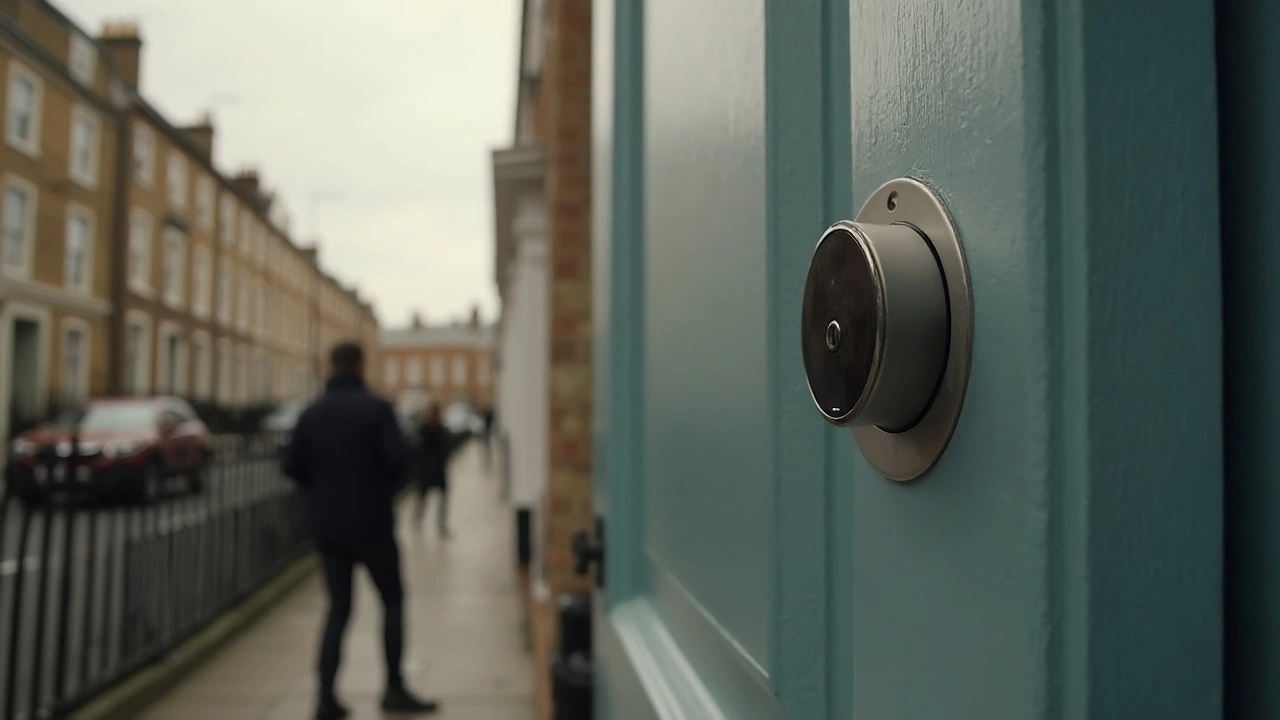If you’re setting up a camera or a video doorbell, the first thing you’ll see is a price tag for a monthly plan. Those fees can feel confusing, especially when every brand promises a different set of features. Below we break down the most common fees, what they actually give you, and when you might skip them altogether.
Most mainstream devices fall into three pricing buckets:
Brands you’ll see most often:
Note that many UK retailers bundle a year of cloud storage for free when you buy a camera bundle. Always check the fine print – the “free” period might end after 30 days.
Ask yourself three quick questions before you click “Subscribe”.
When the answer to any of these is “yes”, factor the subscription cost into your total budget. A typical three‑camera setup with a standard plan will run you about £12‑£15 a month – roughly the same as a modest Netflix subscription but with added peace of mind.
If you’re on a tight budget, consider local storage options. Most cameras have a micro‑SD slot that records to the card. You’ll need to manage the files yourself, but it eliminates ongoing fees.
Finally, keep an eye on seasonal promotions. Companies often slash the first‑month price or offer a free trial. Use that window to test the features you care about, then decide if the full price makes sense.
Bottom line: subscription fees aren’t a one‑size‑fits‑all. By matching the plan to the features you actually use, you can protect your home without paying for extras you’ll never need.

Many people wonder if there are monthly fees associated with owning a Ring Doorbell. Understanding how these charges work is crucial for maximizing your investment in home security. This article explores whether a subscription is necessary for basic functions or if it's just for additional features. We'll dive into tools like cloud storage options and real-world applications. Know what you're signing up for before making the purchase.